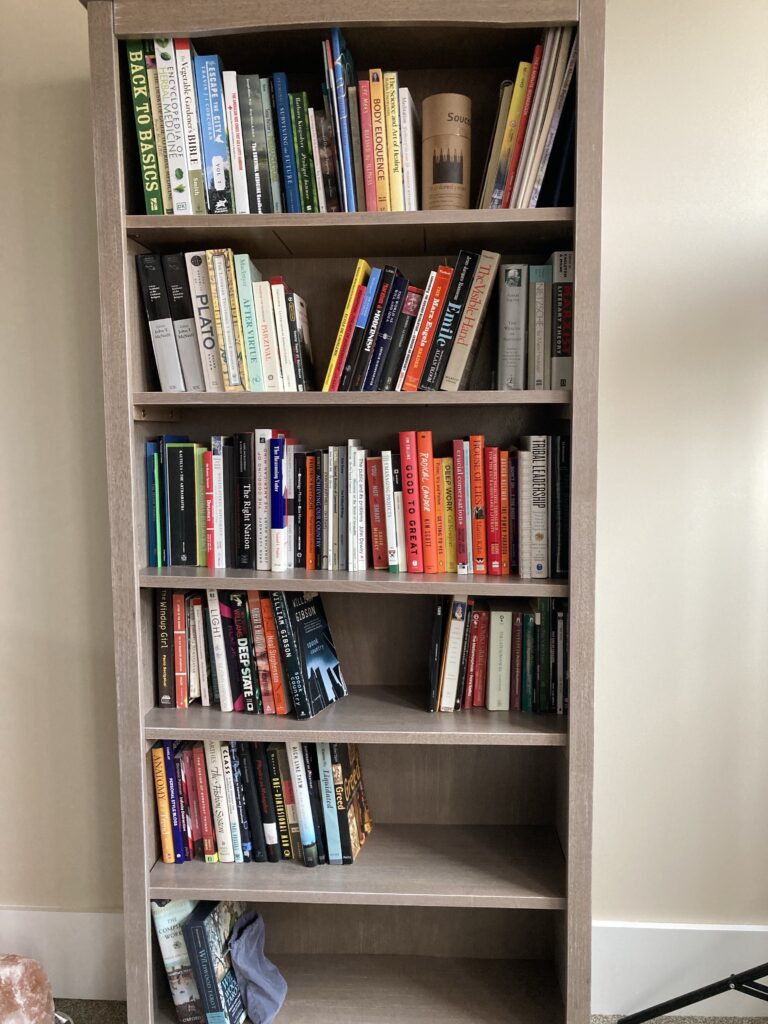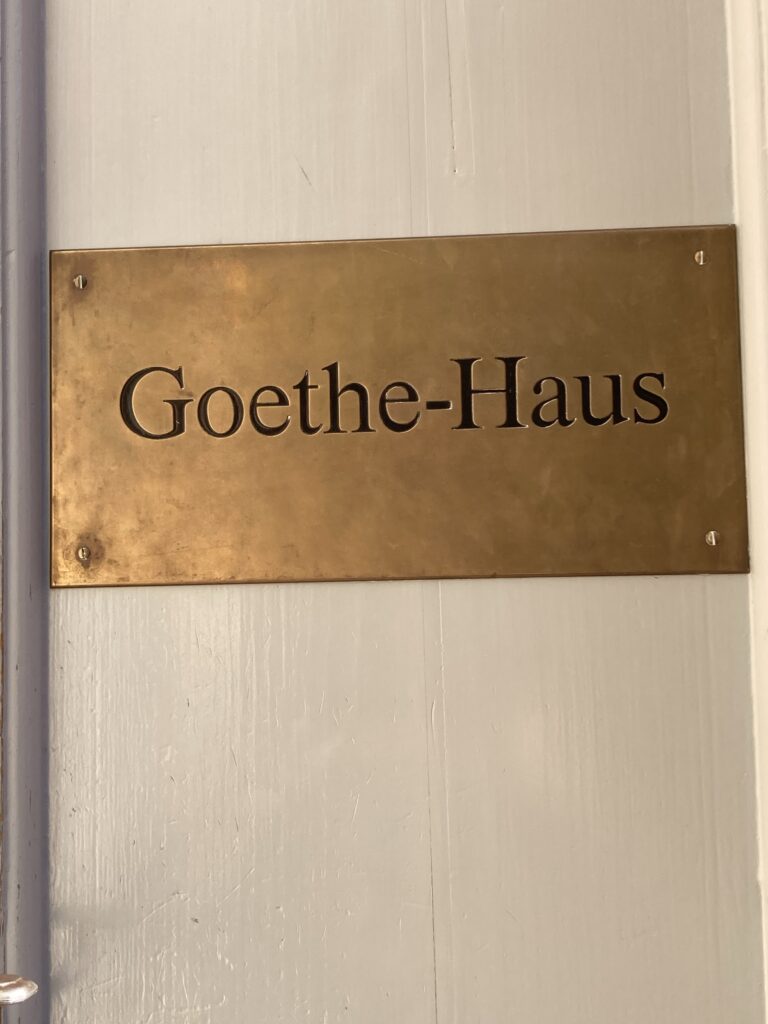In a sign of how emotionally over this week this week I am, the first thing I thought when I woke up was “I’ve got so much good tv to watch!”
I wasn’t allowed to watch television as a child. So it’s a bit ironic that it is my personal view as an adult that television is America’s best developed art form. While one can’t deny that impact American film, music and fashion, it is our television that moves global culture. Only Bollywood and anime have even come close to its impact in the last several decades.
I truly love television as a cultural mirror. I don’t think you can work in any of the culture industries (including Silicon Valley) without being aware of the mythology of television. Our archetypes and tropes are reinvented and reimagined over and over as references become anchors. No art is so naturally effective at reinvention as television returns episode after episode and season after season. No story is ever finished.
I’m particularly pleased that so many stories are returning this weekend. I’ll be watching new seasons of Mythic Quest, the Crown, Yellowstone and the Good Fight. Which is quite a lot of television for one person even on a weekend where you want to do nothing but tune out to the boob tube.
I’m only adding two two show new to my rotation this season and one is the absolutely excellent William Gibson project on Amazon called Peripheral. No one has ever done the near future as well as Gibson and his take on the Jackpot is already playing out. My last public event before the pandemic hit was a reading of one of the books that this shoe is based on It absolutely deserves wider recognition.
The other is a show I just began is called Reboot. It is an is oddly not at all solipsistic look at making a sitcom from the vantage point of formerly estranged father daughter pair of show runners. As someone who also followed in the footsteps of her father and has complex feelings on abandonment and family legacy it has been quite a comfort over the last week. As I look at history repeating within the context of my own family and within the wider financial markets, I appreciated considering that perhaps we are capable of overcoming our traumas. And that maybe all our parents ever wanted was for us to learn from them.











